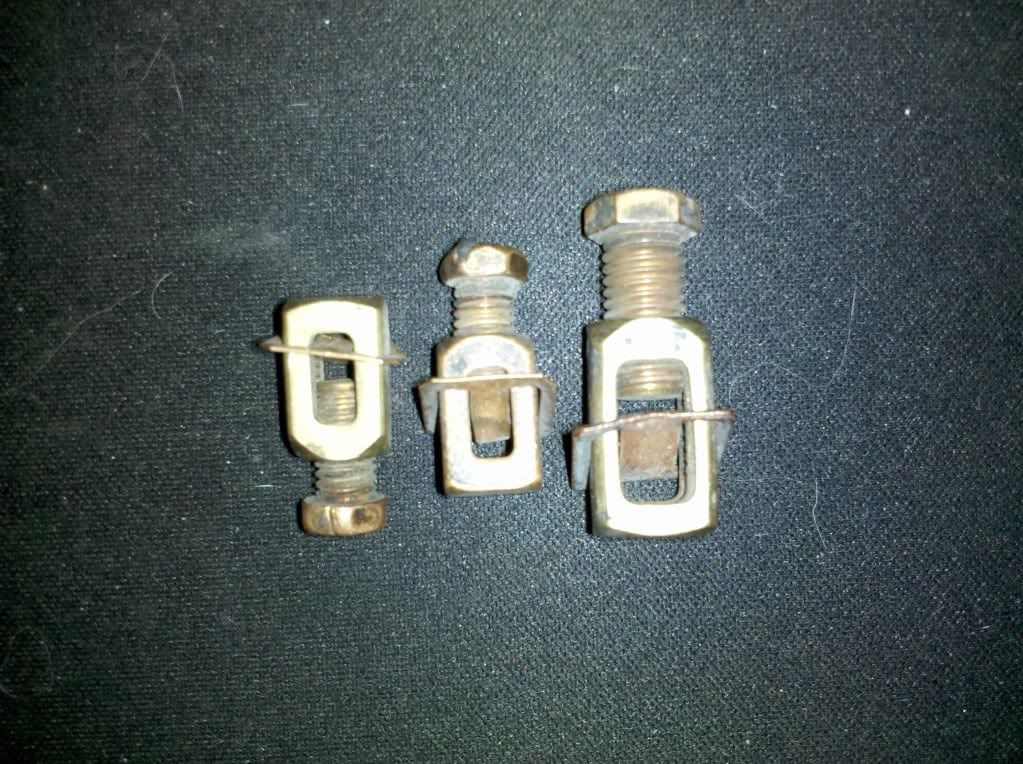I have NOT seen a wirenut until I landed on these shores. Small house wiring was twist-n-tape, even 'aluminium'

. We had some paper/zinc tubes that were buried in the plaster over the brick - no drywall - and later on direct buried wires into the plaster. Those wires would terminate in embedded round JB's that had a cover flush with the wall. Larger wires were for industrial wiring would be bolt/nut splicing or terminal landing. Old school would solder, but the new socislist/Stahanovist -look it up in Wiki, quite interesting - work-methods considered it as bourgeois overkill and of course useless for 'aluminium' wiring. (The 'aluminium' wiring is how we were going to defeat the capitalist enemy who had most of the copper in their possession and it was also a strategic material necessary for the Warsaw-Pact armament.)
In the late 60's we have seen some Wago type push-ons on trade shown by Western companies but certainly could not afford them.


